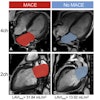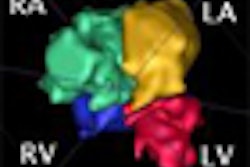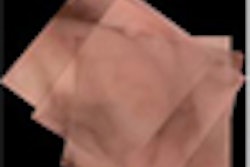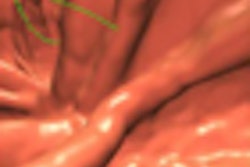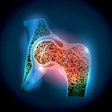Tuesday, December 1 | 2:20 p.m.-2:30 p.m. | VC31-05 | Room S103CD
Computer-aided detection (CAD) technology may help inexperienced radiologists find malignant lung lesions on chest radiographs, but it could add even more value if readers could better distinguish between true-positive and false-positive CAD marks.A research team from the Academic Medical Center in Amsterdam, Netherlands, retrospectively examined two-view radiographs from 114 patients, most of whom had smoking-related lung changes; 60 had 101 CT-proven solid pulmonary nodules with a size range of 5-15 mm.
Three inexperienced readers and three experienced readers read the images with and without CAD (xLNA Enterprise, Philips Healthcare, Andover, MA). While mean sensitivity increased for the inexperienced readers from 38% before CAD to 45% afterward, it remained unchanged for experienced readers at 51% versus 50%.
For all readers, 94 of 282 (33%) of true-positive CAD marks were dismissed. Correctly distinguishing CAD marks is a major challenge for radiologists using CAD in this application, said presenter Dr. Diederick De Boo.
"It remains open whether a learning process over time will help the radiologists to more precisely distinguish between true- and false-positive candidate lesions," De Boo said. "Furthermore, more studies are needed to quantify the economical and clinical consequences of accepted false-positive candidates causing secondary diagnostic workup."




